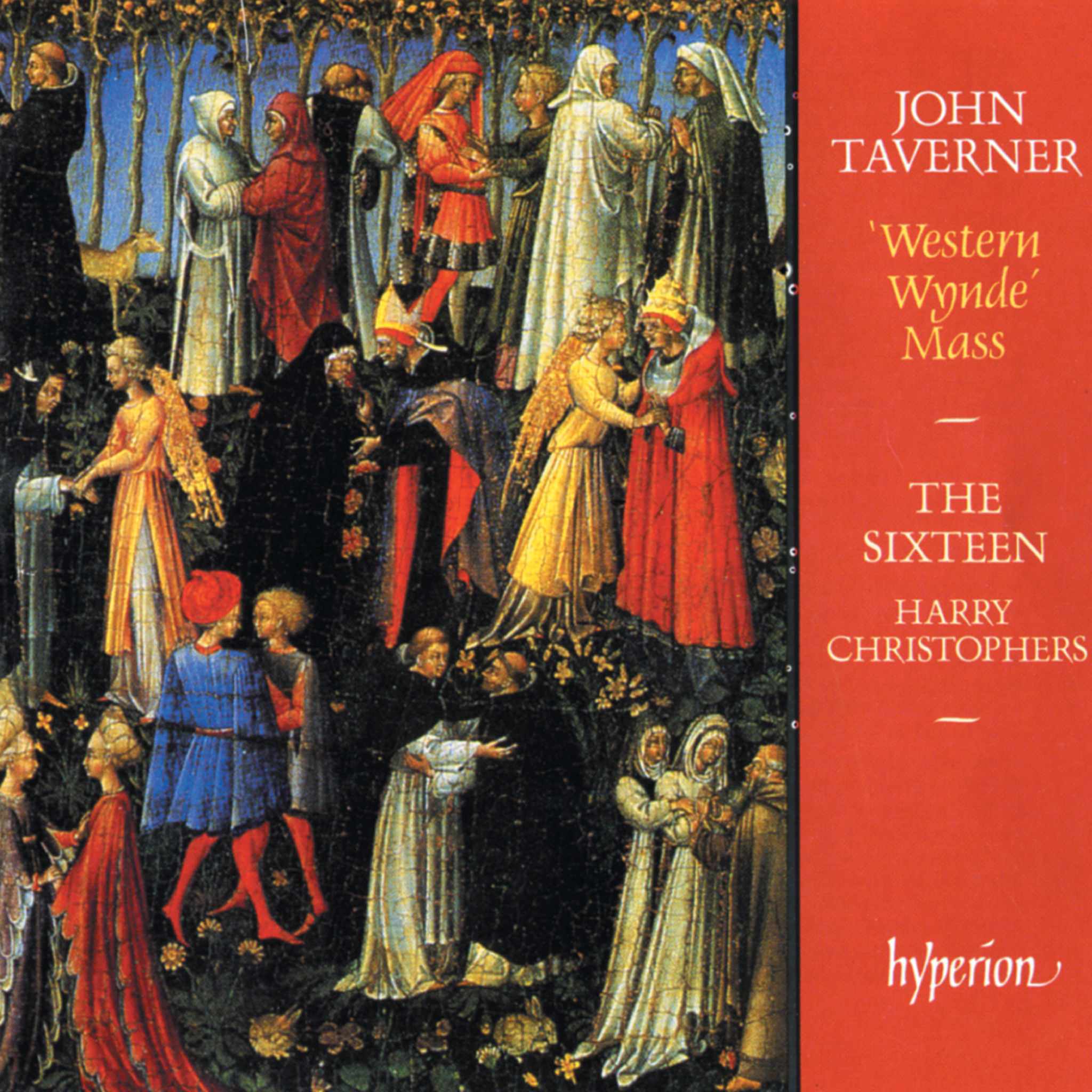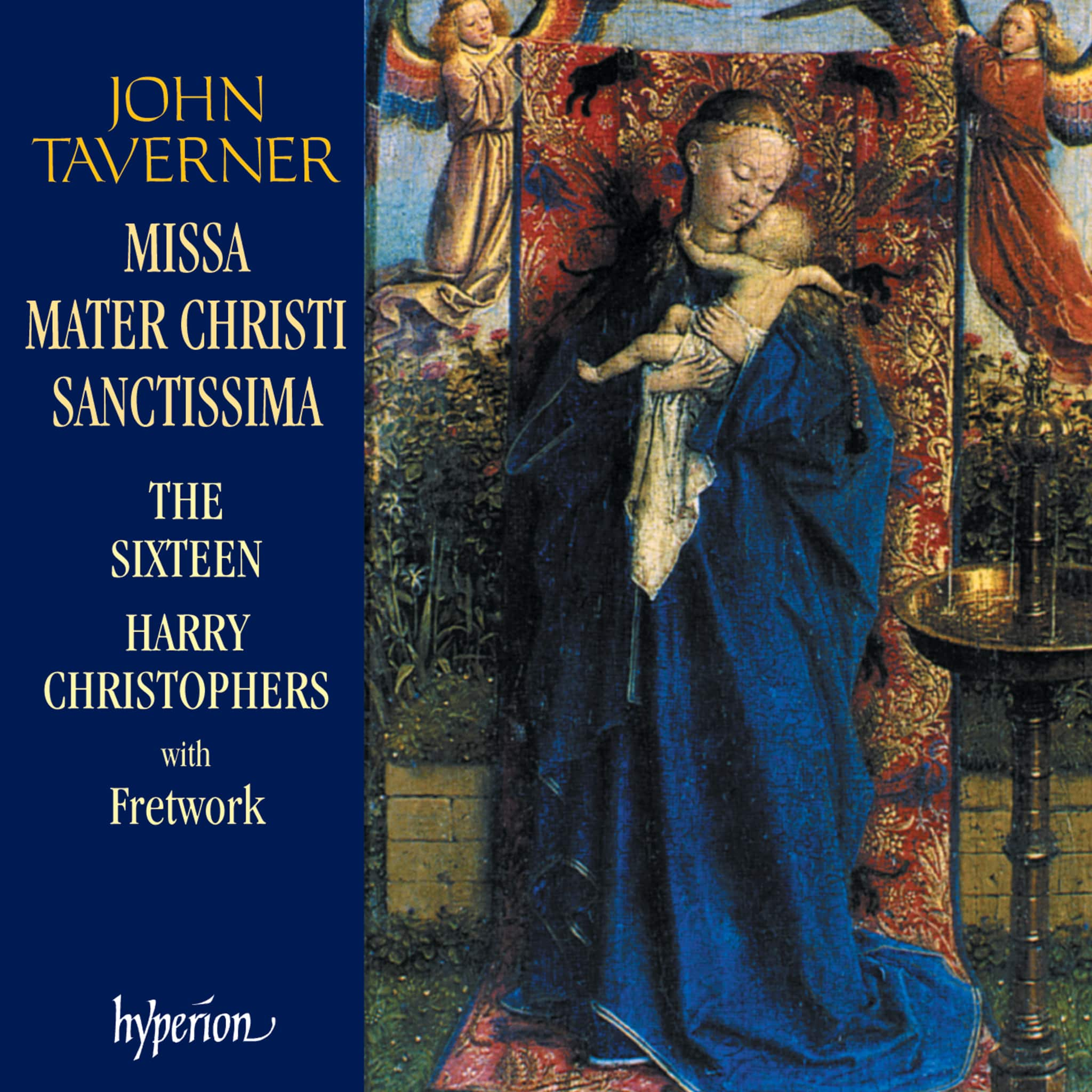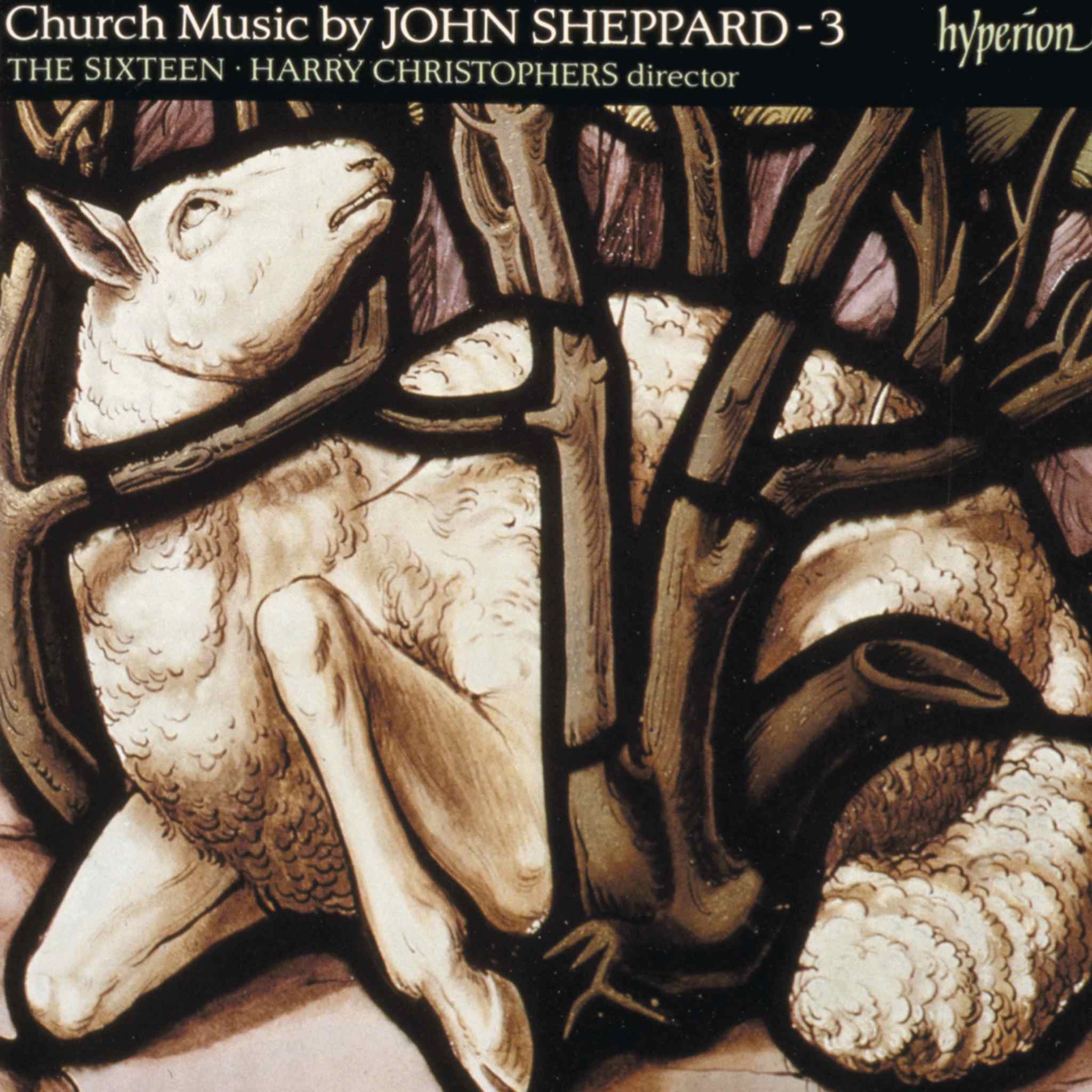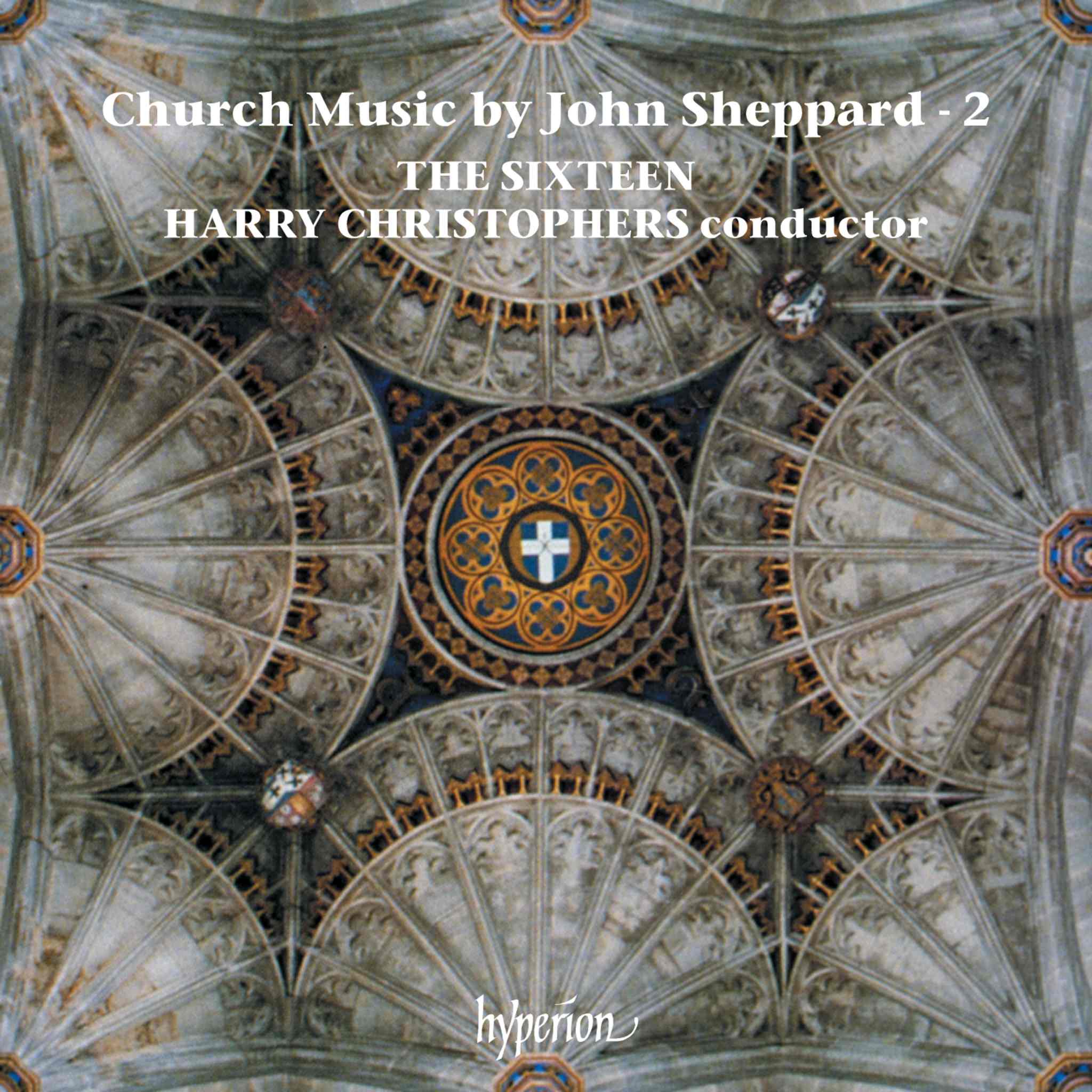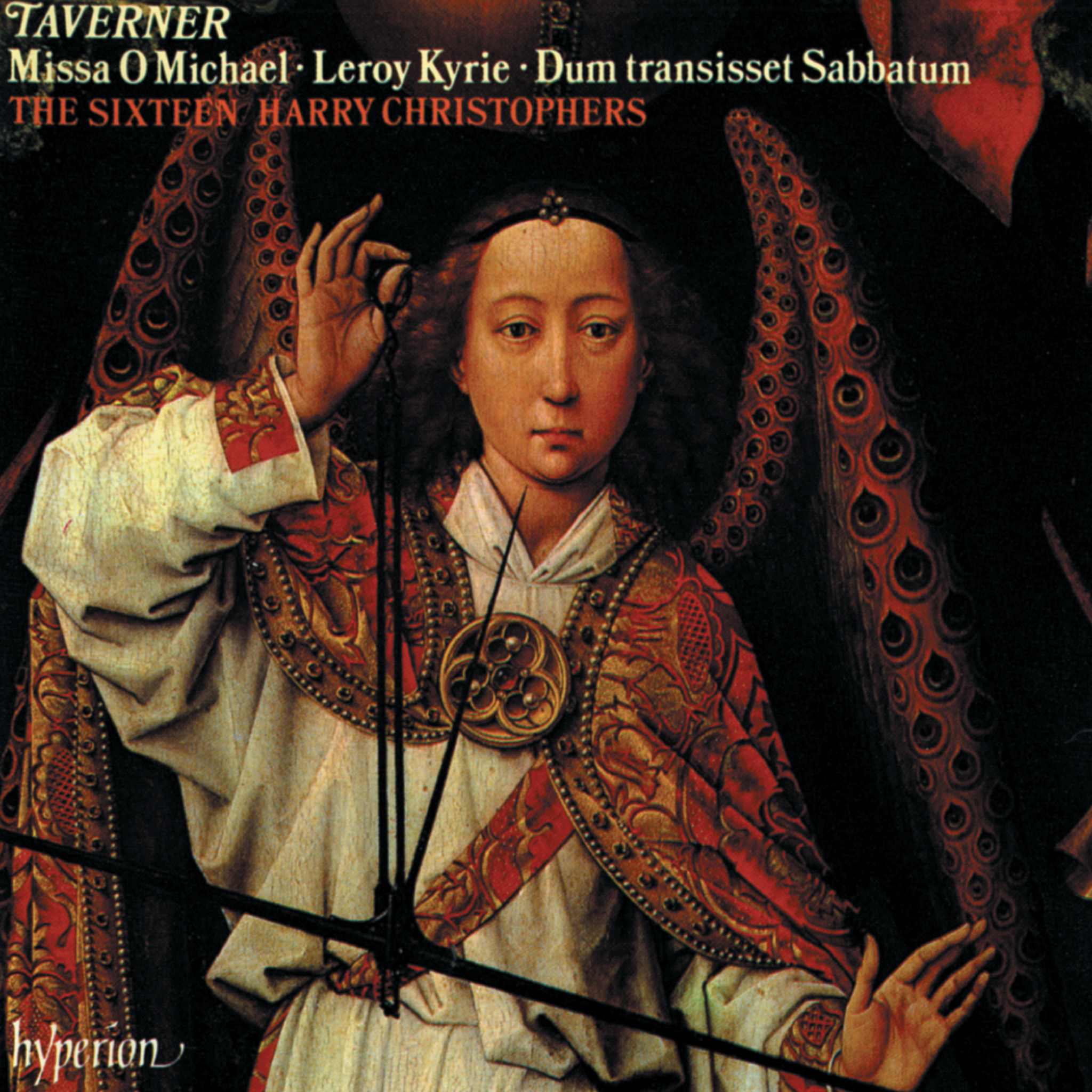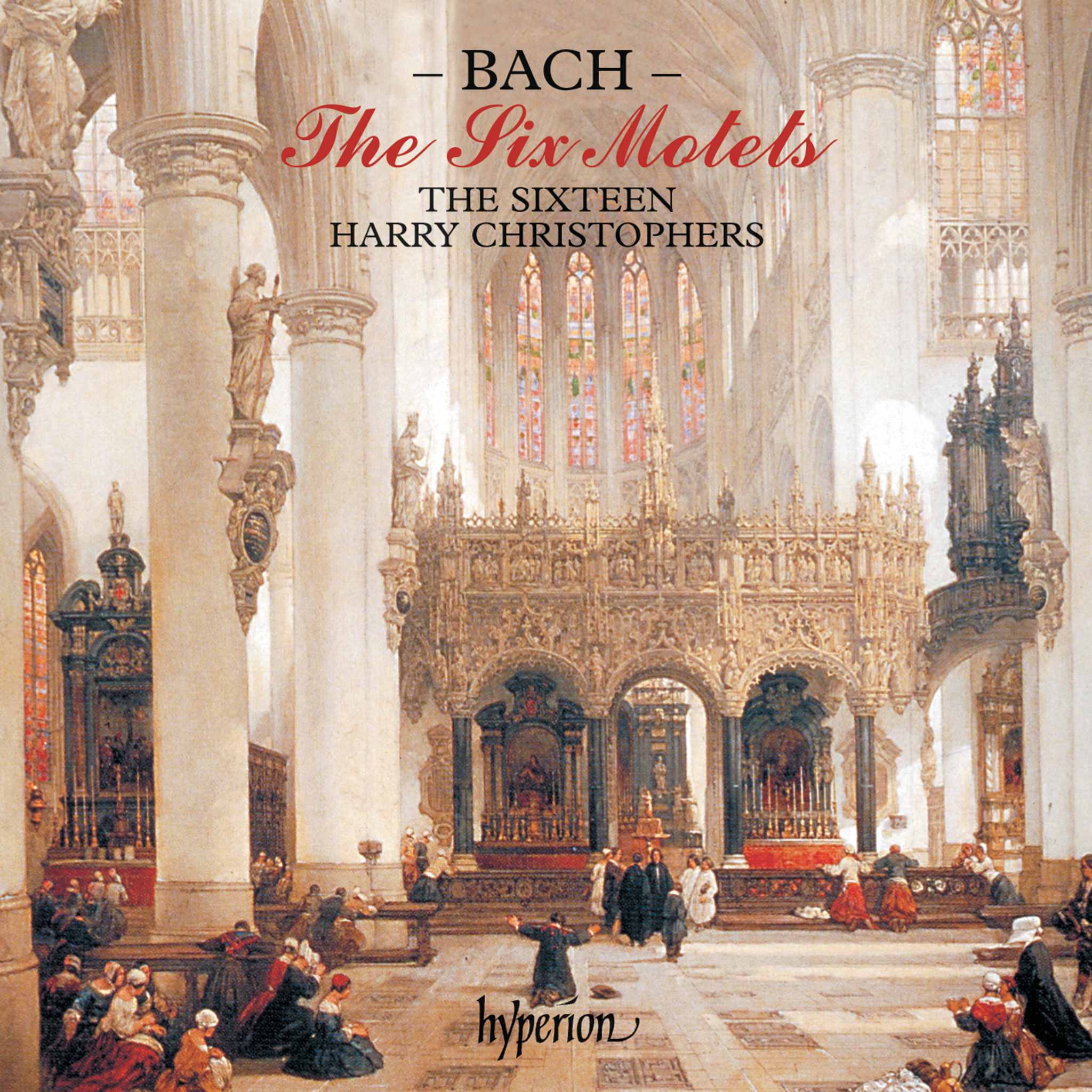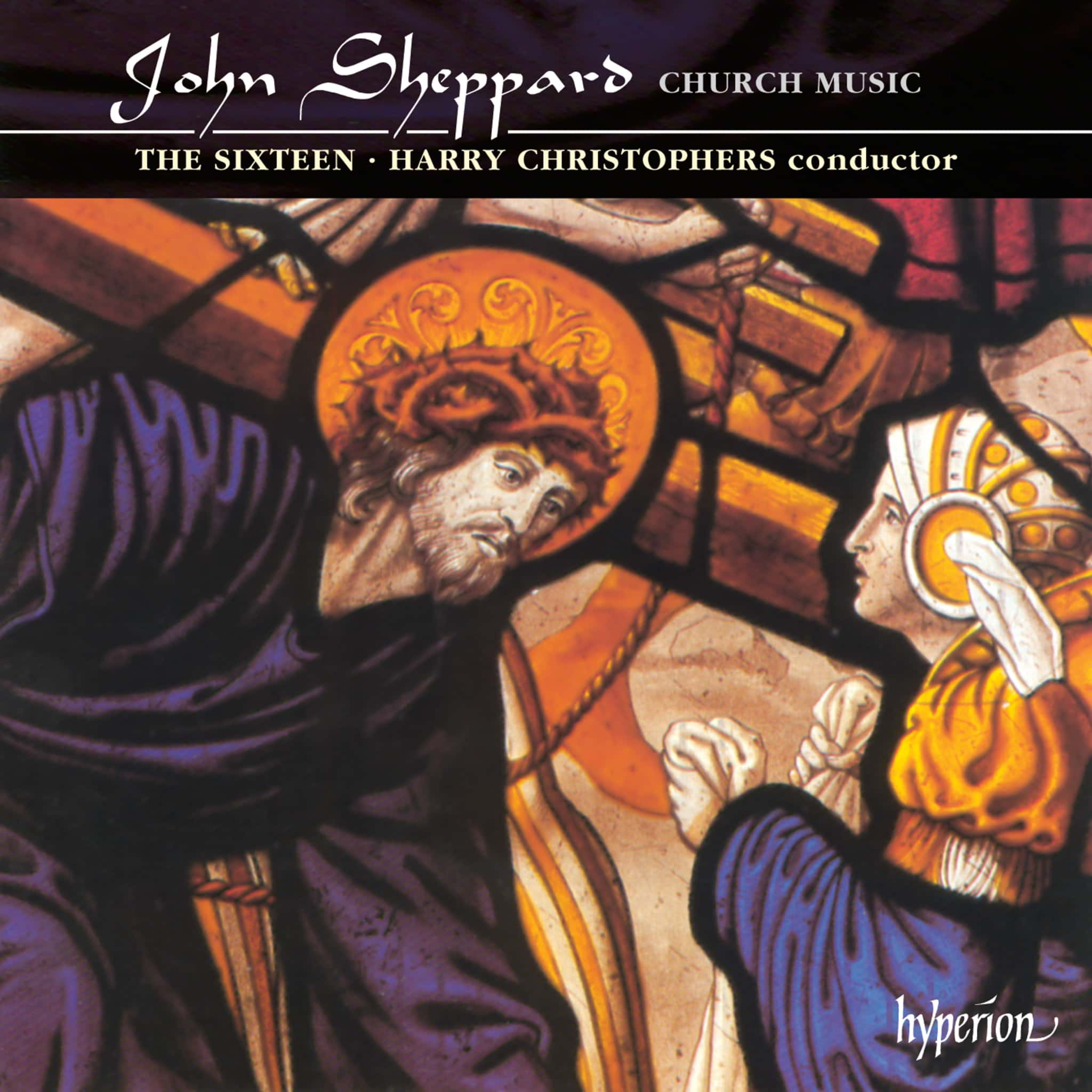Album insights
During the summer of 1828, Schubert's health deteriorated significantly, experiencing recurring headaches, dizziness, and nausea. Despite his declining health, he continued his active social life and worked fervently as if aware that time was running out. In September 1828, he completed four visionary masterpieces to culminate his instrumental works, including the String Quintet in C Major, D956, and three piano sonatas, D958, D959, and D960. These were intended to be published together in dedication to the great pianist and composer Johann Nepomuk Hummel, but when Diabelli released the sonatas in 1839, Hummel had already passed away, and another Schubert supporter, Robert Schumann, was credited instead.
Schubert's rhetorical question to his friend Josef von Spaun, "Who can create anything after Beethoven?" reflects the challenge that the towering figure of Beethoven posed to composers in Vienna. Yet Schubert's instrumental pieces following Beethoven's death in 1827 suggest a passing of the torch, notably in the c-Minor and A-Major sonatas completed just two months before Schubert's death. While hints of Beethoven's influence can be found in the Sonata in B-Flat Major, D960, this composition largely embodies Schubert's distinctive style, especially present in the deeply contemplative nature of the first two movements.
Today, the B-Flat Major Sonata carries an almost otherworldly aura, seemingly speaking to us from beyond the grave as Schubert's legacy. However, despite the sonata resonating with themes of melancholy and transience, it also exudes exuberance, humor, and vitality. The composition embodies a subtle departure from Beethoven's style, characterized by unique elements like the soft yet profound trill in dissonant G, standing in stark contrast to the surrounding passages, unlike Beethoven's more integrated approach.
The Rondo Finale of Schubert's final instrumental work, a Hungarian-flavored dance theme resolving to B-Flat Major, showcases Schubert's exceptional ability in crafting memorable themes and transitions, concluding with a brilliant, orchestra-like ending. The Impromptus and Moments Musicaux composed by Schubert in his later years marked a shift towards shorter, more expressive piano compositions catering to the growing demand for household music, departing from the more extensive sonata forms. These compositions garnered great popularity, carried by their perceived ease of performance and charming spontaneity. Eventually, the Impromptus Op. 142, championed by Robert Schumann, were published posthumously, solidifying Schubert's position in the realm of piano music.

